Hindsight and perspective
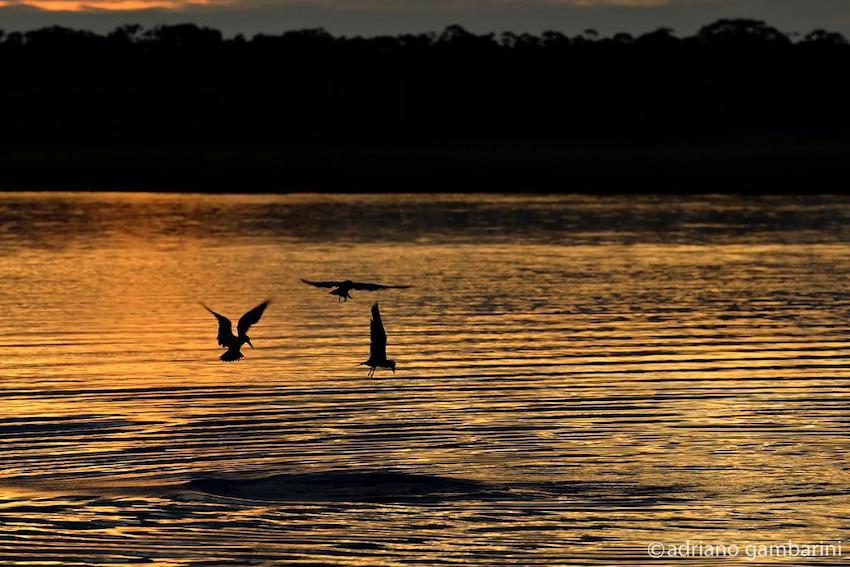
Amanã River, Amazonas state, December 2022. Photo: Adriano Gambarini
Adriano Gambarini
This year has not been easy for the environment. The planet has shown frequent signs of changes that are not only about to come, but which, in an evolutionary time often incomprehensible to humans, are already present, with side effects resulting from changes over many, many decades. In these thirty years going places as a photographer and a little more as a traveler with the look of an environmental geologist, I have already realized that the greatest difficulty for human beings in measuring the causes of their actions for the environment lies in time. It is difficult, and when not, it becomes irrelevant to consider what the environmental damage of certain actions would be in a period that exceeds a decade or more. Thus, they measure the pros and cons of a hydroelectric plant in the Amazon or the suppression of the Cerrado (Brazilian Savanna) for monoculture in a period of just a few years. But the environment’s evolutionary and adaptive processes generally take place over a much longer period than this. It is time governing itself in the dynamics of natural processes.
We definitely live on a planet that is a sphere. Therefore, absolutely everything we do with and for the environment reverts right here. There is no escape valve, there is no way to “throw it out”. The biggest difficulty is in putting time in that simple equation that Newton’s Third Law determines: action and reaction. Everything that humans do interferes with the environment, to a greater or lesser extent. It’s a fact. What I consider the biggest problem is precisely to determine when this will occur. Because the longer the delay for this reaction to come, the greater its intensity. It’s a ripple effect that can be seen in devastating storms after long periods of drought; prolonged droughts and windstorms that put all the works erected by humans on the ground.
Fortunately, it is in this very ground where many seeds can germinate. I’ve always held on to that, despite everything. I cannot afford to be discouraged, even if all the winds are against it.
Thus, I finish 2022 remembering the research projects I documented and the positive results in the conservation of threatened species and biomes. I wake up with the memory of the Paumari people, satisfied with another year of success in their handling of Arapaima, when so many families were graced with sustenance and hope that their greatest tradition, fishing, will continue to be a source of income and permanence in the land of their ancestors. With honor I enter the lands of the Waimiri-Atroari to register the efforts of those who believe that it is possible to minimize the impacts of works erected by the white man, not only on these people of the forest, but on an exuberant nature that is the extension of the spirit of all the traditional peoples.
I water in my memory the hundreds of tree seedlings being planted on the bare slope of a hill where an imposing Atlantic Forest once inhabited. And the smile stamped on the face of those who planted them, knowing that those trees will bring shade and water not for themselves, but for their children and grandchildren.
I think of my last expedition of the year, observing the efforts of an impeccable team of researchers and fishermen working with the pink dolphin. A work worthy of being replicated, not only for the noble cause of researching one of the most emblematic animals of our desired and imposing Amazon, but for the way the work was carried out, in complete respect and harmony.
If there’s anything I could wish for in 2023, it’s that we have these two words as a mantra: respect and harmony. And combining with the word time we can build a triad capable of rebuilding this world.
With immense gratitude for being part of this journey.

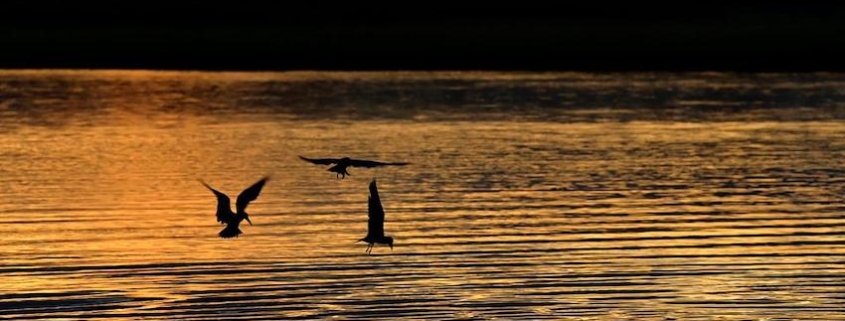 Adriano Gambarini
Adriano Gambarini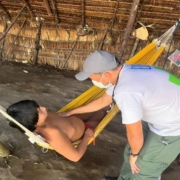 Expedicionários da Saúde Collection
Expedicionários da Saúde Collection 
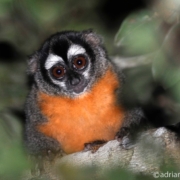 Adriano Gambarini
Adriano Gambarini 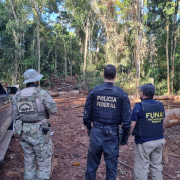 Luciene Kaxinawá
Luciene Kaxinawá 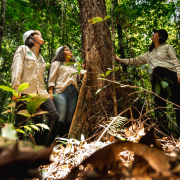 Carbonext
Carbonext 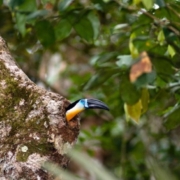 Adriano Gambarini
Adriano Gambarini 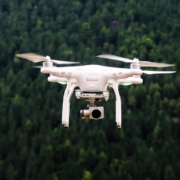 Jason Blackeye/Unsplash
Jason Blackeye/Unsplash 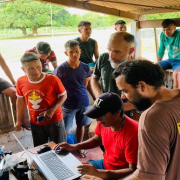 Luciene Kaxinawá
Luciene Kaxinawá
Leave a comment